X-Man: Reviving a junkyard Olds Omega in spectacular fashion
Brad Zeidler is cheerfully realistic when it comes to why he can easily find good used parts for his 1981 Oldsmobile, and cheaply on eBay, no less. “What kind of idiot would restore one of these cars?” he jokes.
Zeidler’s Oldsmobile Omega is one of the four General Motors X-body front-drive compacts offered from 1980 to 1985. Remembered as one of GM’s particularly egregious failures, X-cars like this went to early salvage yard graves in considerable numbers, besieged by engineering and quality deficiencies.
As with just about any castaway car you might name, X-cars nonetheless have their own small but dedicated following today. Call it a celebration of the mediocre or a perhaps a quest for Concours d’Lemons fame, but these enthusiasts are enjoying themselves. Or punishing themselves. Take your pick.
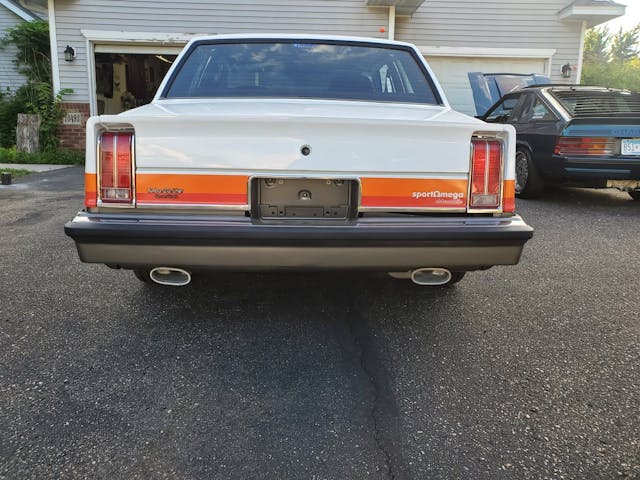
Zeidler, a UPS driver and dad in Blaine, Minnesota, did not simply restore an X-car. He transformed it. No, make that “transmogrified,” because there just might be a bit of magic involved. The “Turbo 2.0 Liter” and “SmartTrak” badges on the trunk are the first clues that there’s something special going on here.
Behold what is most likely the world’s only X-car with a turbocharged 2.0-liter four, six-speed stick, four-wheel disc brakes, and—wait for it—all-wheel drive. It’s all sourced from GM cars, too, right down to the tailpipe tips.
Precious plastic
Zeidler’s car is no ordinary Omega. It’s a SportOmega, one of just 696 built for a single model year. Olds was going for a techy European vibe with this model and the company made a considerable investment in tooling to give it GM’s first reinforced-reaction-injection-molded body parts. The plastic material was used on just the front fenders and fender flares, but that beat Pontiac Fiero’s wider use of it by three years.

Zeidler tells Hagerty that his research suggests just a handful of SportOmegas are still operating in some form. In his eyes, though, rarity and plastic fenders were not enough to justify a full purely stock restoration. Zeidler did nearly all the conversion work himself, while also restoring the SportOmega from bumper to bumper. Some might wisecrack that with any X-car, simply installing reliable brakes would improve on original condition.
Introduced for 1980, the front-wheel-drive Buick Skylark, Chevrolet Citation, Oldsmobile Omega, and Pontiac Phoenix replaced a quartet of rear-drive X-body models that were based on Chevy’s Nova. Mega-hype from GM, echoed in gushing praise from automotive media, drove an initial sales bonanza. The Citation won Motor Trend Car of the Year and also became America’s best-selling car, with a staggering 811,000 sold over the extended first model year.
Buyers really wanted to like these cars. But right away, customer complaints poured in for shoddy build quality, faulty steering and brakes, fuel leaks, and other maladies. And there were recalls. The Omega and Pontiac Phoenix were dropped after 1984, and Chevy sold just 63,000 Citations in 1985. Years later, it was revealed that the media test cars had been significantly doctored to mitigate known handling and braking problems in the new models.
Fun fact: Olds named the Omega for the last letter in the Greek alphabet and used the symbol, Ω for the car’s name badges. To an English/Greek speaker, “Ωmega” would probably be pronounced “Omegamega.” The name choice was prophetic, since Ω usually represents the last of something.
One man’s junk …
Zeidler’s 12-year odyssey with his SportOmega began at a point familiar to many enthusiasts.
“I was at a junkyard getting some parts for a different car when I saw it,” he recalls. “I took a few pictures and came home, did some research and talked myself into buying it.”
The car was largely intact, but a cracked windshield had let in water over the years, ruining the seats and front floors, and there was rust elsewhere. The original 2.8-liter V-6 and three-speed automatic transmission were long gone. (The 2.5-liter Pontiac Iron Duke was standard even in this “sporty” model.)
Zeidler’s restoration work got off to a slow start.
“At one point, I put it up for sale, but nobody wanted it,” he recalls. “I had it down to $600 and thought, I’m not going to give it away. So, I thought I would see it through to the end. I’ve got a lot of hours just looking at this car and wondering how I was going to make it work. And the light bulb comes on and I think, ‘I can try this.’”
He already had some practice. About 15 years ago, Zeidler converted a 1987 Dodge Shelby Charger to RWD with a supercharged Buick 3.8-liter V-6 and a T-5 five-speed stick. He didn’t rely on a kit, but rather his own ideas, including using modified independent rear suspension from a Pontiac 6000 AWD and the differential from an MN-12 Ford Thunderbird.

Zeidler says he picked up his mechanical skills while growing up on a farm, where he had to learn to repair everything. He served a stint in the U.S. Army as a helicopter mechanic and eventually became a flight engineer on a CH-47 Chinook.
So, update an X-car with Nineties powertrain tech? Sure, no problem. But first, what GM car could donate a powertrain and all-wheel drive system that would work in an X-car?
Having become familiar with the 1988–1989 Pontiac 6000 AWD through his Charger conversion, Zeidler briefly considered that car’s AWD system. The 6000 was one of GM’s midsize A-body front-drivers introduced for 1982, and which repurposed a lot of X-car hardware that actually worked.
Zeidler ruled out the 6000’s AWD, though, and instead pulled the AWD from a Swedish member of the expanded GM family, a 2009 Saab 9-3X wagon. Made by Haldex in Sweden, the Saab’s AWD system was used by GM and several other carmakers, including Audi, VW, and Volvo. (Borg-Warner later bought the Haldex Traction division.)

Haldex-equipped vehicles operate primarily as front-wheel drive. The transfer case spins the driveshaft to a rear differential, on which an electronically controlled wet-clutch pack automatically engages the diff when added traction is needed. The fourth-generation Haldex system donated by the Saab 9-3X was also used in the 2012–2017 Buick LaCrosse and the Saab 9-5 that shared its platform. On all three, there was also an electronically controlled limited-slip differential. Saab called its system “XWD.”
This Haldex system can operate the rear diff proactively, shifting a portion of the torque rearward under acceleration to help prevent front wheel slip. Among GM vehicles, though, Zeidler says only the Saab used it in conjunction with the Getrag F40 six-speed manual transmission.
All in the family
Zeidler canvassed the online world of X-car devotees to see if anyone had attempted such radical surgery.
“Some have done the Cadillac 4.9-liter V-8 with a five-speed manual, or the supercharged 3800 V-6, but none with all-wheel drive,” he says. “Initially, I wanted to use the 5.3-liter LS4 V-8 out of the front-wheel-drive Impala SS and Grand Prix GXP, but the Saab’s AWD transfer unit wouldn’t fit beside the block. So, I just went with the Saab’s 2.0-liter Ecotec turbo.”
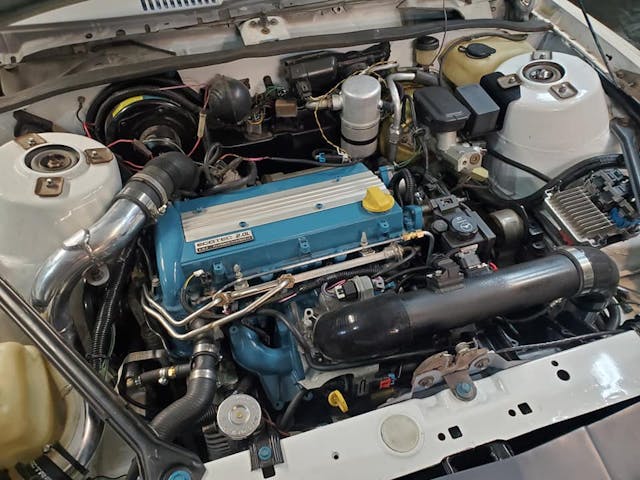
GM’s widely used Ecotec opened a world of parts-sourcing would prove helpful for the conversion. The 2.0-liter Ecotec turbo was also used in the 2008–2010 Chevy Cobalt SS.
“They use the same crankshaft reluctor wheel sensor, so it’s just a matter of using the Cobalt’s camshaft position sensor,” Zeidler casually explains. “I got a swap harness to use the Cobalt SS ECU to run the engine. Nothing too difficult, really.”
Zeidler found the harness to be less than plug-and-play, however. “The vendor didn’t get it quite right. I had to dig out the diagrams, but I figured it out.”
In the Saab 9-3 models, the engine was rated at 210 horsepower at 5500 rpm, with 221 lb-ft of torque at 2500 rpm—about 100 hp stronger than the SportOmega’s original V-6.
Undercar surgery
Replacing the Omega’s rusted front floor sections was the easy part of undercar surgery. Then came the AWD install, and the X-car’s center hump design offered a big help in this regard.

“These cars had a huge section for the old pancake-style catalytic converter, so there’s enough room in that hump for the driveshaft,” Zeidler explains. “The way the transfer unit is positioned, the driveshaft comes down in the middle and clears the exhaust that I made. I even have one of the newer, smaller catalytic converters in there.”
There was one obstacle: the fuel tank was located right in front of the beam axle, blocking the driveshaft. Zeidler could have taken the simple route and put a fuel cell in the trunk. Instead, he created a saddle-style tank, with the custom-made driveshaft going through the valley and the exhaust detoured around it.

Zeidler was able to use factory half-shafts and CV joints. “With over-the-counter parts, they fit right in,” he says. “I had to have one of the rear shafts shortened a bit, which isn’t an easy process. You’ve got to find someone who can broach the new splines into the shaft.”
Zeidler modified the beam axle, which also included relocating the springs and modifying the hubs for the driven hub bearings and disc brakes. “It was a little research and trial and error,” he says modestly.
The front end was shot when Zeidler got the Omega, explaining it appeared as though the last owner had driven the car for miles with no bearings in the left spindle.
“The wheel was so far out of whack that the rim was scraping against the caliper and almost ground it in half. I still have those pieces.”
Trading an X for an A
Zeidler found that a lot of the chassis bits interchanged with the GM A-bodies, which were built into the Nineties. He also turned to other GM cars for parts. Needing larger wheels than the original 13-inchers, Zeidler found them from an Olds Achieva from the Nineties.

“For a $50 set of wheels and about $100 in paint, repair supplies, the emblems and pinstripe, they turned out pretty good,” he says. “Repairing polycast wheels is just like working on a urethane bumper cover. The welding repair material does not sand well at all.”
Amazing details
With just 696 of these cars made, the plastic fenders and flares are essentially unobtanium today. Zeidler says the front driver’s side fender was intact but cracked.
“I got a plastic welder and learned how to fix plastic,” he says. “The rear driver’s side flare was broken up badly and pieces were missing, so I had to reconstruct it.”

He sent the damaged front bumper cover to LKQ to refurbish, which cost $400. To source those very-Eighties body decals that nobody reproduces, Zeideler brought a section of a damaged door to a graphics shop on his UPS route.
“They duplicated all the graphics. The original white was an off-white, and the metallic gray was a shade or two lighter. To me, they just didn’t pop. So, I went with the Corvette white and darker metallic gray from 1981.”
Zeidler did all the metal work, body prep and painting in his garage. And, talk about sweating the details, he found that the “Turbo 2.0 Liter” badge from the later Eighties Buick Skyhawk T-Type conveniently matched the font used for the SportOmega lettering. The tailpipe tips came from an early-2000’s Pontiac Bonneville GXP. “They needed some cutting and welding to get the angle to match the valance panel,” Zeidler explains.
Wanting an Oldsmobile-related external badge to indicate AWD, Zeidler’s only choice was the SmartTrak emblem from a Bravada SUV. The real thing was too big, so he had a scaled-down version 3D-printed to fit under the 2.0 Liter badge.
Interior intrigue
The interior, as well, required some parts hunting in the GM family. Zeidler replaced the trashed front seats with a pair from a 1982 Chevy Cavalier Type 10. Remarkably, after much searching, he found what was probably the last four yards of NOS SportOmega seat cover material on Earth. “It was just enough for the job,” he says.

Although the Omega purportedly offered an optional gauge panel with a tach, Zeidler says he’s never seen one. Once again, he found a solution in a GM A-body.
Some Chevy Celebrities were equipped with a small bar-type tach, and he found a new-in-the-box unit on eBay for the 1987–1988 four-cylinder model for $60.
Zeidler removed the Omega’s unneeded automatic shift indicator from the instrument panel, enlarged its opening, and installed the tach. He was ultimately unhappy with the dash bezel he’d modified, though, and was planning a trip back to Rohners (an 80-acre salvage yard in Wilmar, Minnesota) to get another bezel to work on. LED replacement bulbs give the instrument cluster a techy blue light look, but Zeidler is pondering a change to red or orange. “That’s a quick job I can always change later.”
Revenge of the X-Cars
For his labors taking a cast-off Olds SportOmega where no man has taken one before, Zeidler has become something of a hero among the GM X-car faithful.
“A lot of them on Facebook are anxiously awaiting me to finish this thing,” he tells Hagerty.
He was still sorting out the final setup of the computer-controlled Haldex differential at the time of our interview.
“I had to put in a few extra wires to the engine harness so that it’s speaking to all the inputs from the speedo and the engine. I’ve pretty much got it all figured out.”
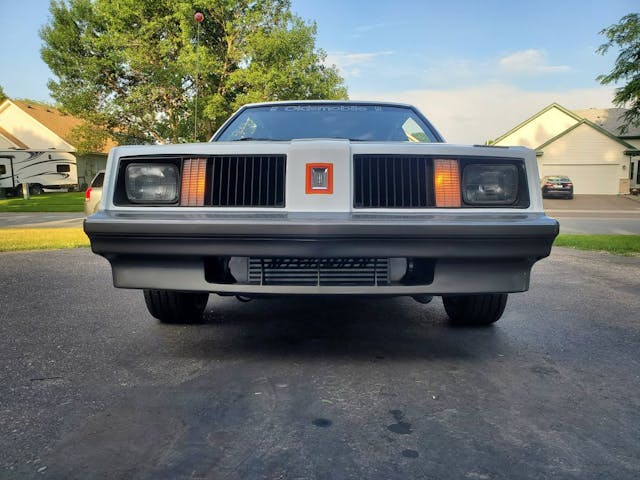
His Facebook page has a massive trove of photos documenting the entire build, in case you’d like to build your own AWD X-car.
Zeidler is justifiably proud of his creation. His utterly unique and extremely detailed SportOmega all-wheel-drive restomod shows how an innovative garage-built effort can turn even a GM X-car into a gem.
Bravo.

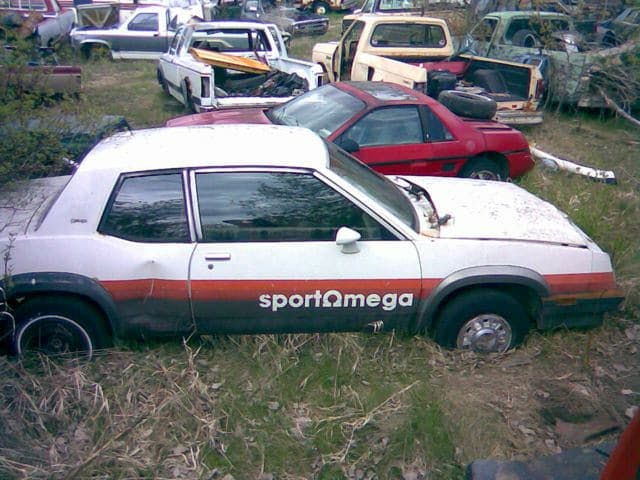
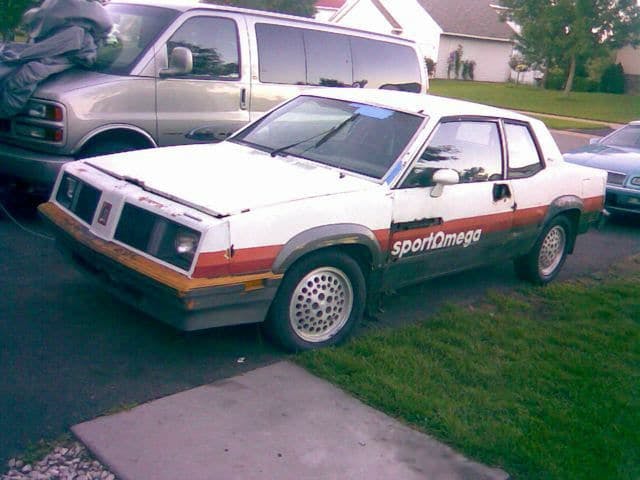
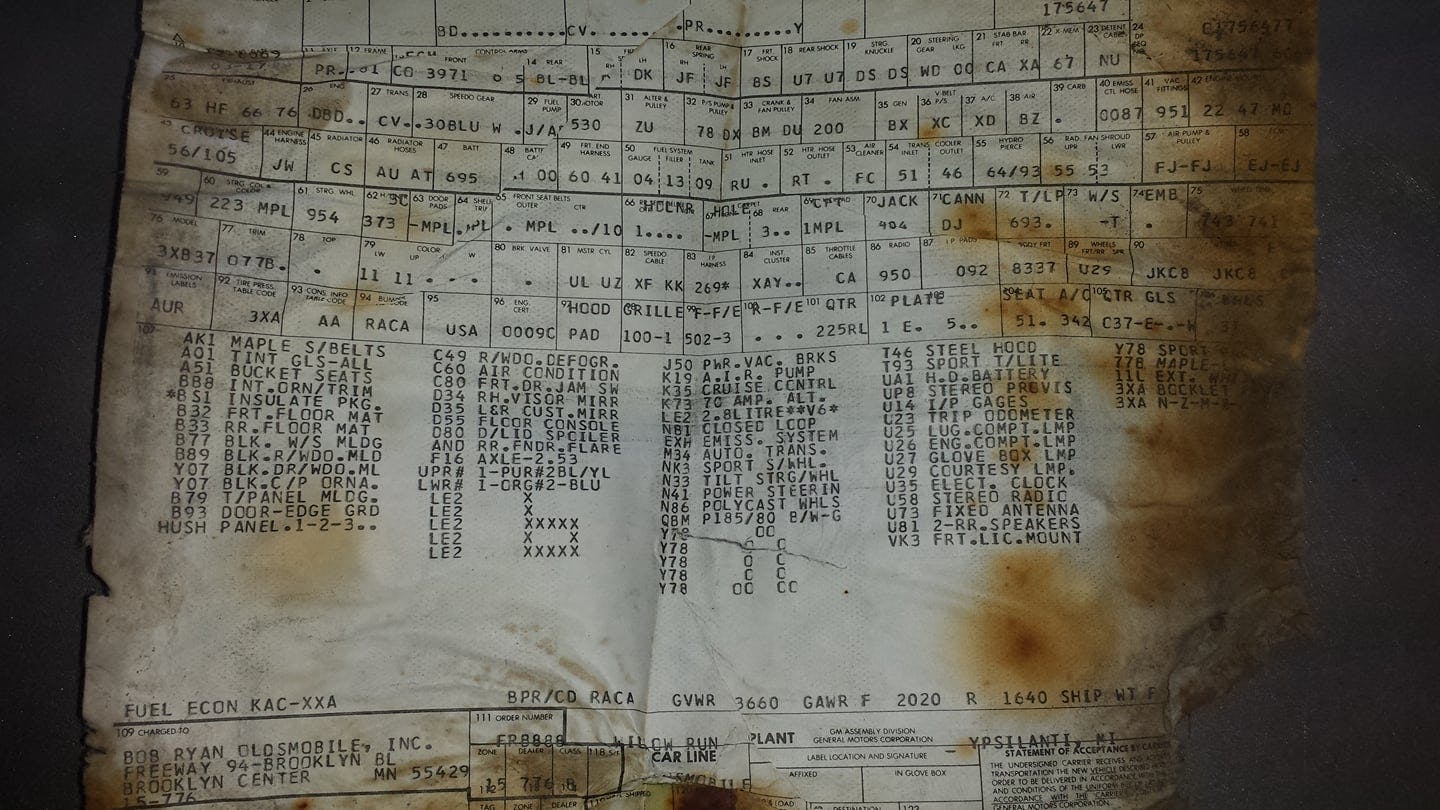
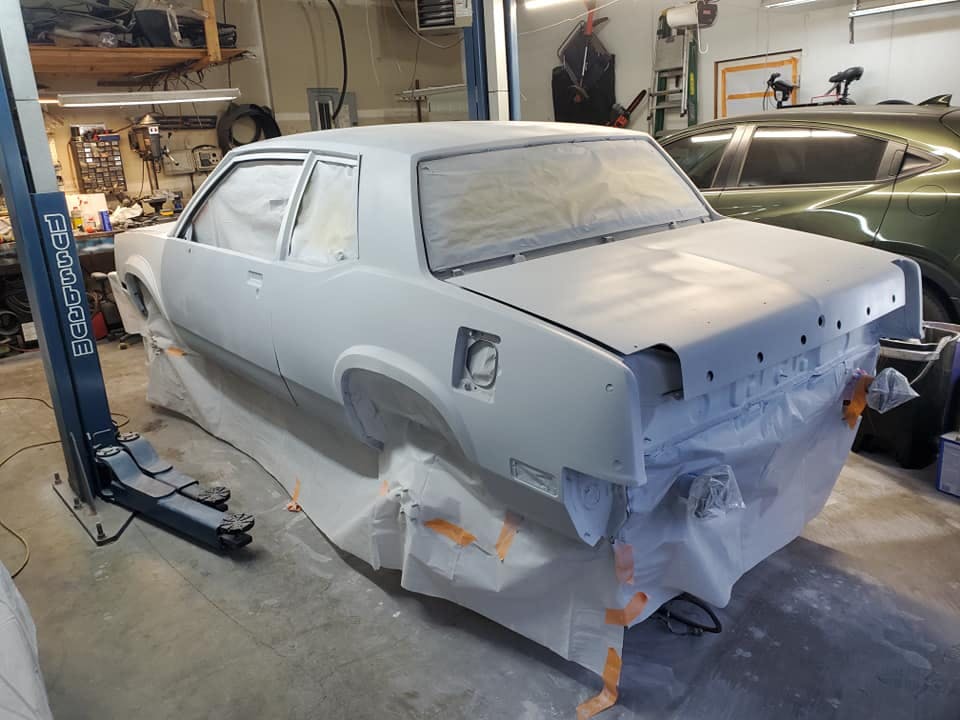
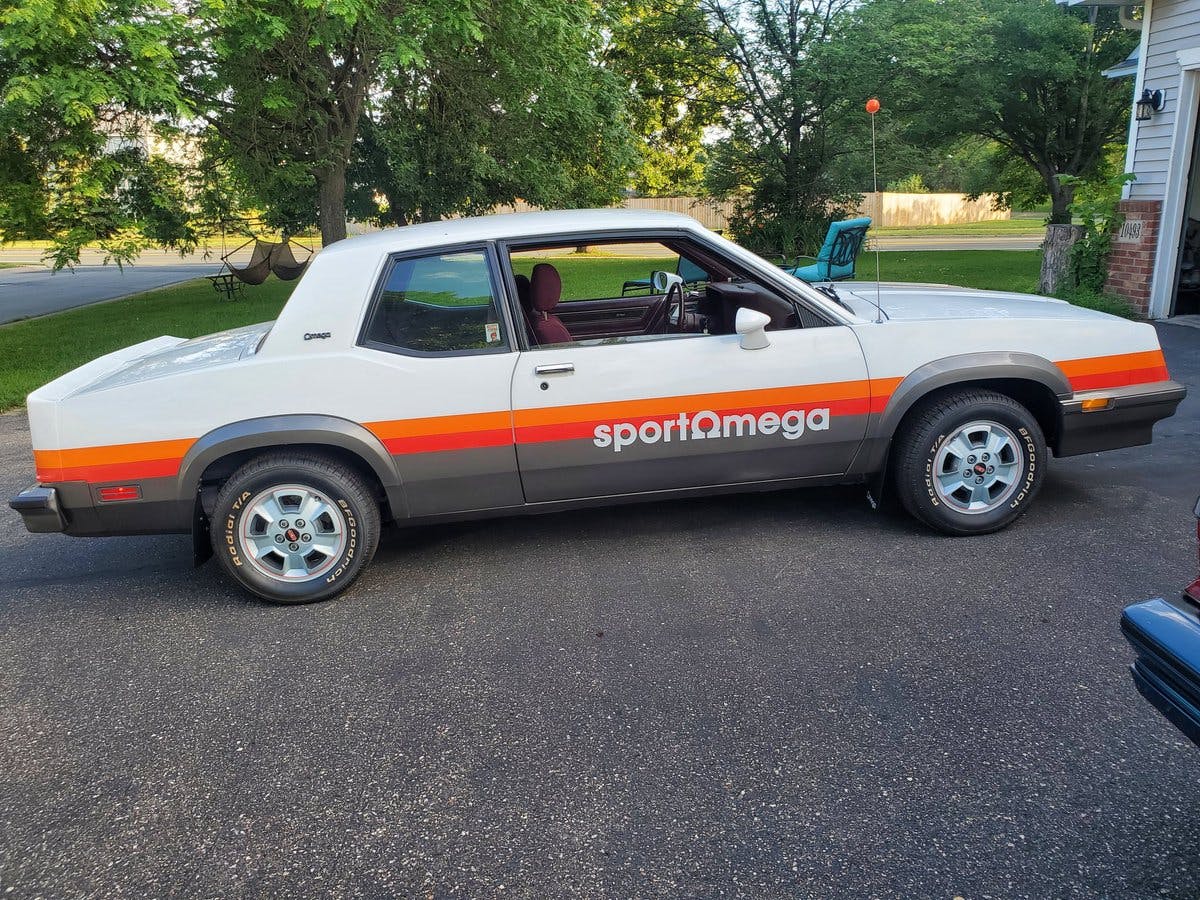
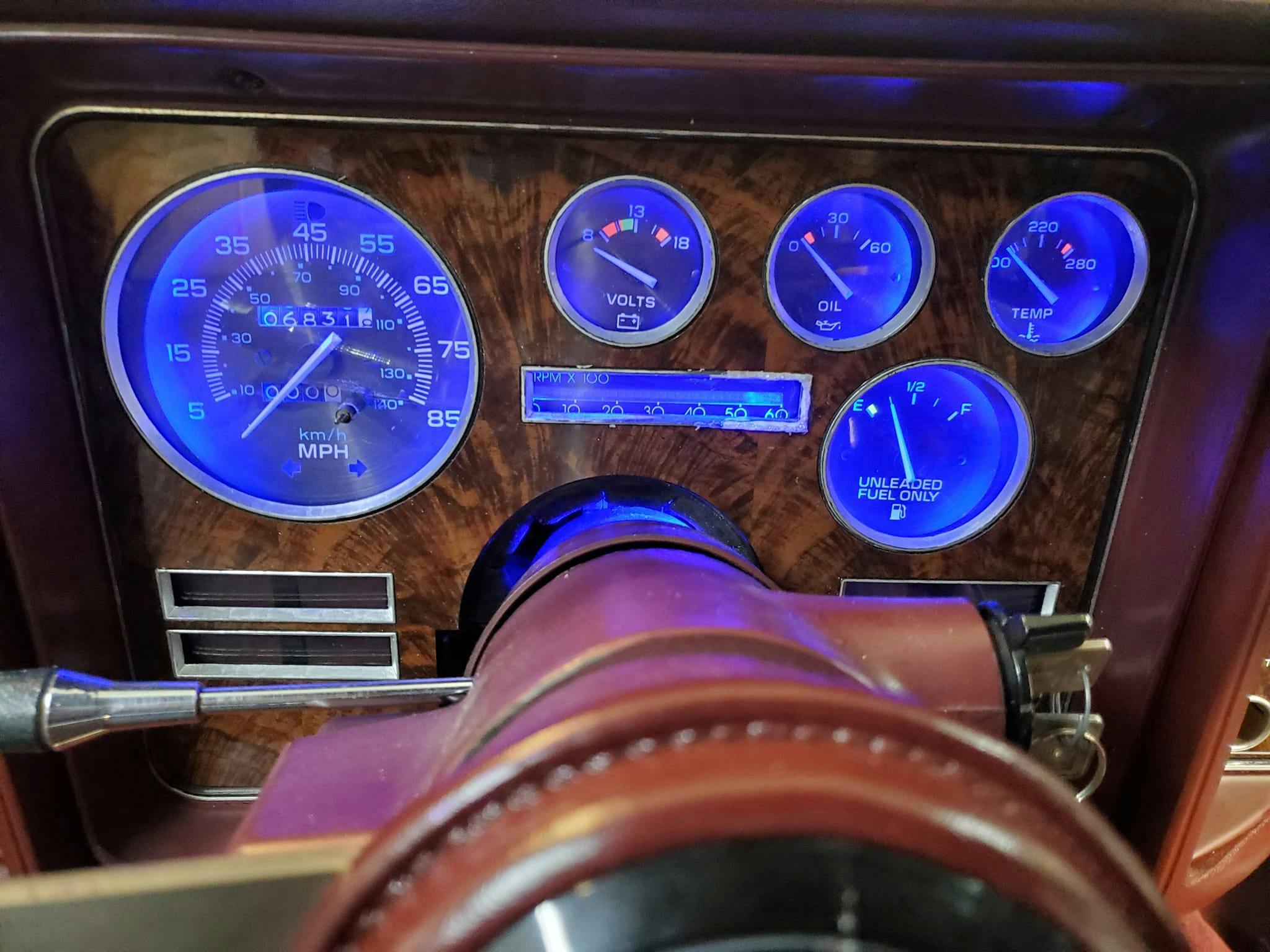

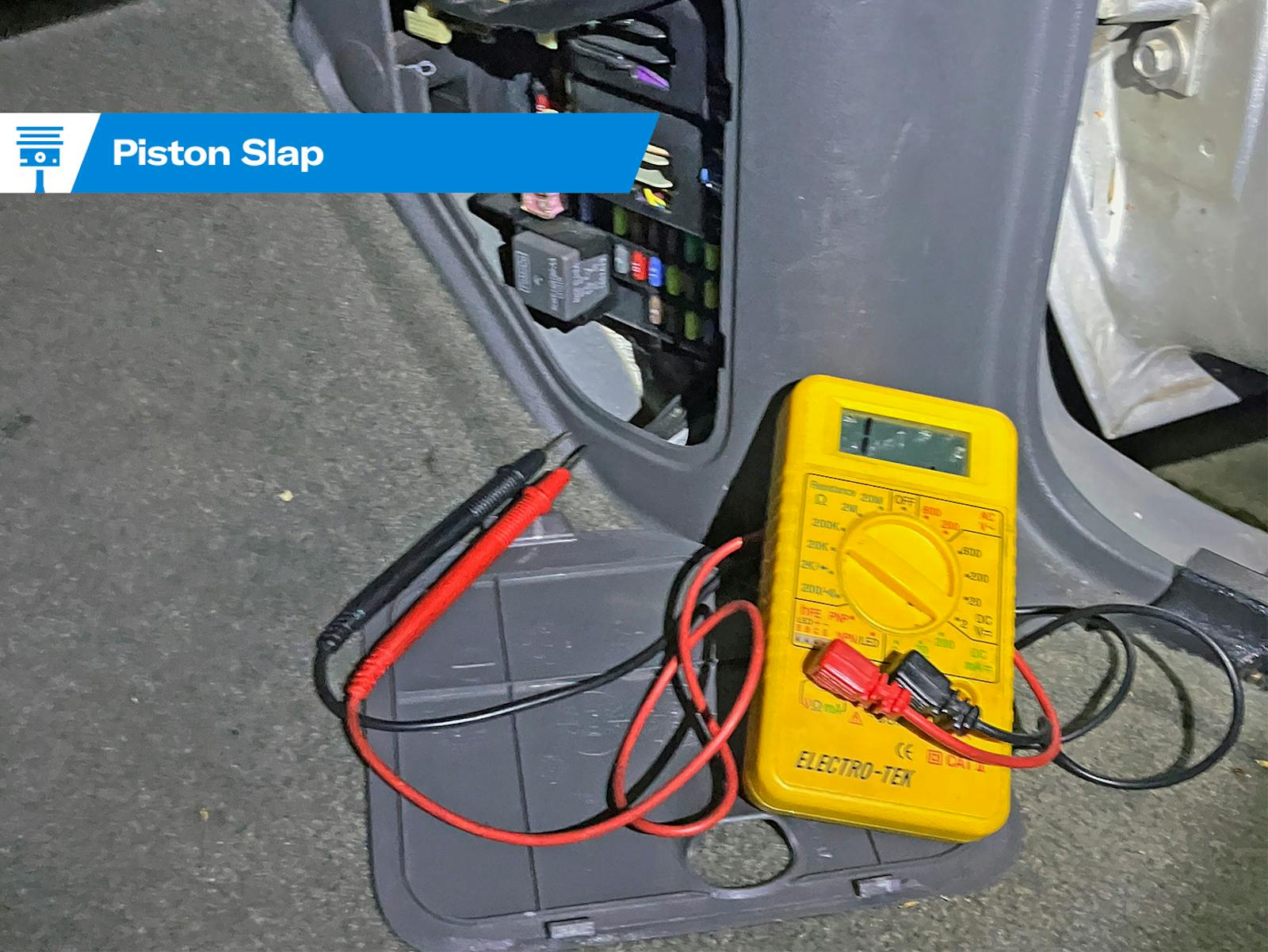

genuine madman, i stare in awe.
Thanks, certainly a lot of work to get it to this point.
Well done. As a fan of 80s, obscure, and Oldsmobile in particular this was a great read. Love the car, would love to find one of the other 695 for my own.
Impressive work! Could have swapped the engine for the one like in my 2010 Buick Lucerne. It is a modern version of the old 2.8 V6 with 3.9liters, aluminum heads, flex fuel and 227 hp and 237 lb/ft of torque.
Nice article, but the author left out the Cadillac Cimmaron as a member of the X-body GMs.
Cimmaron was a J-Body, not an X-body.
Very impressive! Back in 1994 I came upon an 1984 Buick Skylark for $1000; the last year for the two door models. It’s been my reliable winter car / daily driver ever since. I just keep fixing what breaks and performing rust repairs every once in a while and the old girl keeps getting me from A to B. I figured as long as they keep making parts, I will keep driving but based on what you have managed, I’m thinking that might not be a limiting factor. Truly well done!
I didn’t get much accomplished last year dealing with some family health issues. I’ll get it going soon hopefully.
I’m awestruck. That Charger looks even more amazing. Let’s see an article on that one!
So much love to hot rod an otherwise forgettable car. I like the Quad4 engine.
Standing ovation! Great job! An old girlfriend had an Omega (Iron Duke and four on the floor) that was actually rather pleasant to drive. Not any worse than a lot of other early 80s cars.
This is absolutely insane in the best possible way. I love that it exists and is so well executed. Truly unique.
Great article about a labor of love.
Great work!
I’d like to see what you will be able to do with my old ’83 Phoenix H.O. Coupe!